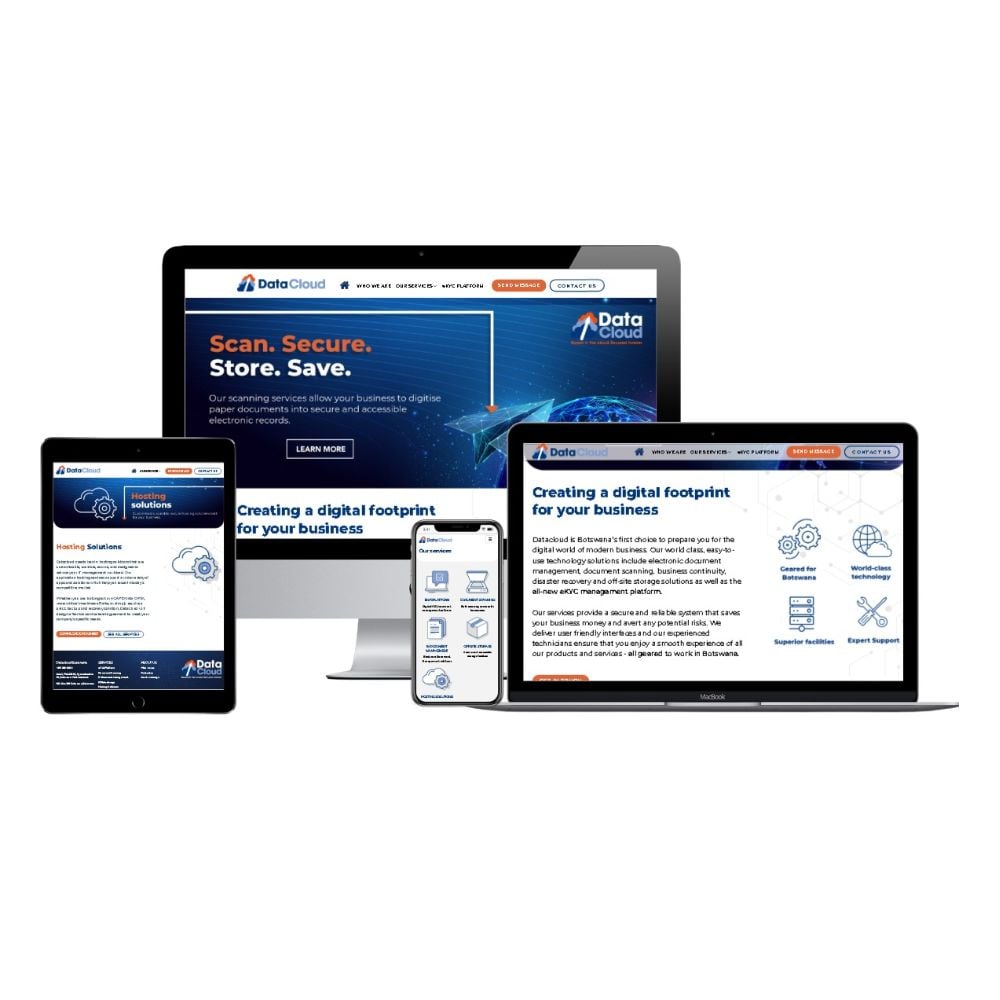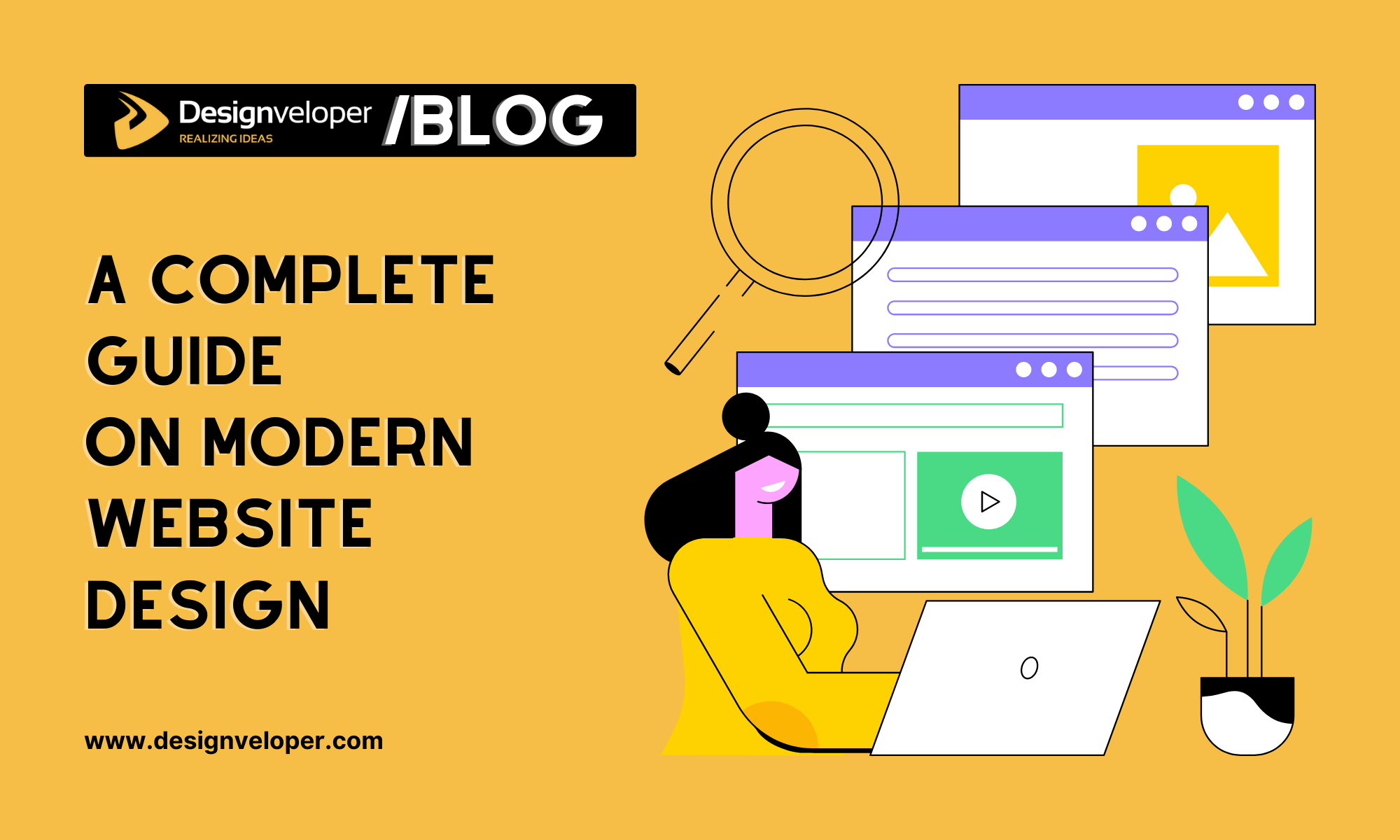Key Methods for Applying User-Centric Web Site Layout to Increase Involvement
When thinking about the implementation of user-centric site design, certain techniques are instrumental in increasing engagement. Detailed research study right into customer needs and preferences develops the structure, leading the development of customer identities to inform style choices. Customizing web content enhances user contentment, and robust ease of access features broaden reach.
Comprehending User Demands
Understanding individual requirements is an essential step in the process of user-centric website layout. This method ensures that the web site lines up with the assumptions and needs of its target market, inevitably leading to boosted user fulfillment and engagement. The first stage entails performing complete research to collect insights into user habits, preferences, and pain factors. Techniques such as surveys, meetings, and user testing can provide important qualitative and measurable data about how individuals engage with the site.
Assessing this data permits designers to create in-depth individual personalities that stand for the different sectors of the target market. These identities assist inform layout choices by highlighting specific individual objectives and difficulties, assisting the development of functions that attend to these needs successfully. Furthermore, understanding the context in which customers operate-- such as their setting, tool choices, and time restrictions-- can even more fine-tune the design method.
Empathy plays a vital function in this process, making it possible for designers to see the internet site from the individual's point of view. By focusing on customer requirements, the design process comes to be more concentrated, avoiding the addition of unnecessary elements that could clutter the individual experience. Eventually, a deep understanding of individual demands is crucial in crafting a web site that is both significant and practical.
Designing User-friendly Navigation
Having actually developed a detailed understanding of user needs, the next action in user-centric site layout entails creating intuitive navigating. Effective navigation is basic to individual satisfaction, influencing just how conveniently customers can locate details and total jobs. To attain instinctive navigating, developers need to focus on simpleness and clarity, making sure that the navigating framework is regular and rational throughout the website.
Organizing material right into a clear hierarchy is crucial. Website Design. Using acquainted labels and symbols can direct customers easily, lowering cognitive load and enhancing the total customer experience. A properly designed navigating bar need to be plainly positioned, allowing customers to identify their current location and conveniently discover various other areas of the website
It is likewise essential to integrate interactive aspects such as breadcrumbs and search functionalities to aid individuals in navigating complex websites. These attributes offer additional paths and enhance the availability of web content, catering to different user preferences and behaviors.
Examining navigation with actual users is vital to determine prospective pain factors and make sure performance straightens with individual assumptions. Routine feedback loopholes and repetitive improvements can help maintain an efficient navigation system that adapts to progressing user needs, eventually increasing interaction and contentment.
Creating Responsive User Interfaces
Invariably, developing receptive user interfaces is a critical aspect of modern-day web layout, making sure that websites are accessible and functional across a wide variety of tools and display dimensions (Website Design). This versatility is critical in a landscape where individuals access content via mobile phones, tablet computers, laptop computers, and desktops, each with varying orientations and resolutions. The main goal of responsive style is to enhance customer experience by preserving optimal readability and use, regardless of the tool utilized
To accomplish this, web designers utilize flexible grid layouts, liquid photos, and CSS media queries. Versatile grids enable internet site elements to resize proportionally, while liquid images ensure visuals scale suitably without shedding quality. Media queries play a crucial function by using various styles based upon the tool's attributes, such as positioning, width, and height, thus tailoring the layout to the customer's display.
In addition, receptive interfaces add to boosted search engine optimization (SEARCH ENGINE OPTIMIZATION) by offering a smooth customer experience, which consequently can decrease bounce rates and boost website interaction. In recap, embracing receptive design is not simply a technical consideration but a necessary strategy for cultivating a user-centric web setting that meets the requirements of a varied audience.

Individualizing Content Experience
Individualizing content experience is an important part of user-centric site layout that entails tailoring content to satisfy the special preferences and behaviors of private customers. This strategy not only boosts individual satisfaction but additionally fosters much deeper interaction, as site visitors are more probable to engage with content that reverberates with their needs and passions. By leveraging data analytics and user feedback, services can recognize patterns and trends that inform the modification of web material.
Incorporating customization strategies can vary from simple modifications, such as suggesting products based on searching browse this site history, to much more innovative techniques like dynamic web content that adjusts in real-time to a customer's communications. For example, individualized touchdown pages can dramatically increase conversion rates by offering customers with appropriate info and provides that line up with their previous tasks and choices.
Moreover, making use of expert system and artificial intelligence can better improve material personalization by continually finding out from individual habits and adapting to arising fads. This not only enhances the individual's journey but also builds brand commitment, as consumers really feel recognized and valued. Eventually, individualizing the web content experience is a crucial method for services aiming to develop a much more interesting and significant interaction with their target market.
Enhancing Accessibility Features
Enhancing accessibility functions is a basic element of user-centric site design, making sure that digital web content is functional by every person, including individuals with handicaps. This strategy not just abides by lawful criteria such as the Americans with Disabilities Act (ADA) and the Web Web Content Accessibility Guidelines (WCAG) however additionally dramatically broadens a website's audience reach. By integrating features like key-board navigation, display visitor compatibility, and alternate text for pictures, web sites become a lot more inclusive, supplying a smooth experience for customers with visual, acoustic, or motor problems.
Integrating receptive design elements is important, assisting in access on numerous gadgets and display dimensions, thus suiting users with different choices and needs. Additionally, contrast proportions and message size modifications can enhance readability for individuals with aesthetic obstacles. Giving succinct and clear content framework, such as headings and listings, help understanding and navigating, especially for customers with cognitive handicaps.
Normal access audits need to be performed to recognize and rectify prospective barriers, ensuring ongoing conformity and functionality. By prioritizing ease of access, companies not only foster inclusivity yet additionally boost total customer involvement and contentment, eventually driving greater conversion prices and reinforcing brand loyalty.

Final Thought
Including user-centric style methods significantly boosts web site involvement by prioritizing the requirements and choices of users. Detailed research assists in Get More Info the creation of user personas, directing targeted layout decisions. Intuitive navigation and receptive interfaces boost use and access throughout devices. Personalizing web content based upon user actions raises contentment, while robust ease of access attributes broaden audience reach. Jointly, these strategies produce a significant on the internet experience, fostering deeper involvement and communication with the internet site.
Complete research into customer needs and preferences develops the foundation, guiding the creation of user personalities to educate design selections. Methods such as surveys, meetings, and user screening can provide important browse this site qualitative and quantitative information concerning exactly how individuals connect with the web site.
By focusing on user requirements, the style procedure ends up being much more focused, preventing the inclusion of unneeded components that can clutter the customer experience. Effective navigation is fundamental to user satisfaction, influencing just how conveniently individuals can discover info and complete tasks. The usage of acquainted labels and symbols can direct users effortlessly, lowering cognitive load and boosting the general customer experience.